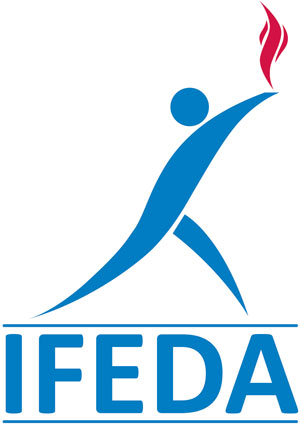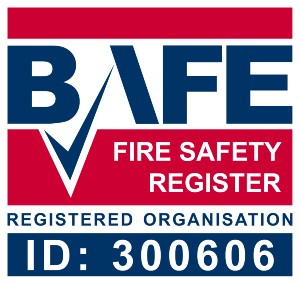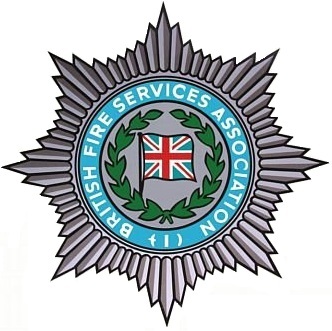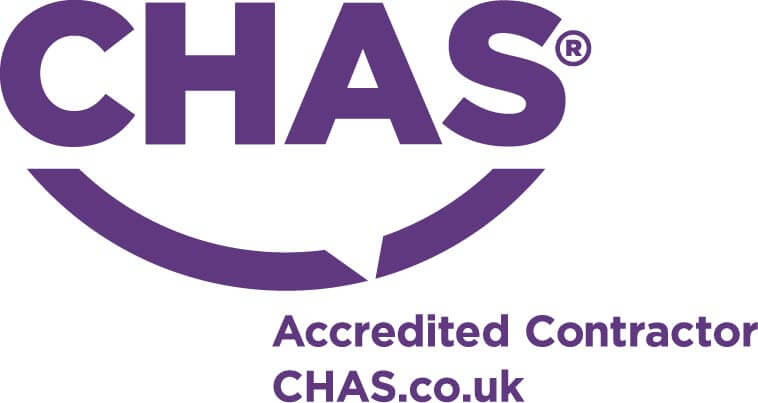How to Protect Fire Extinguishers From Theft, Tampering and Vandalism
When a fire breaks out, fire extinguishers are your first line of defence. Ensuring your extinguisher is in full working order could mean the difference between stopping a blaze in its early stages, and a full blown inferno. However, many workplaces find themselves victim to tampering and misuse of their fire extinguishers. So, how important is it to ensure your fire extinguishers are compliant with health and safety regulations, and what can you do to prevent theft, tampering and vandalism? City Fire Protection has the answers for you in this month’s article.
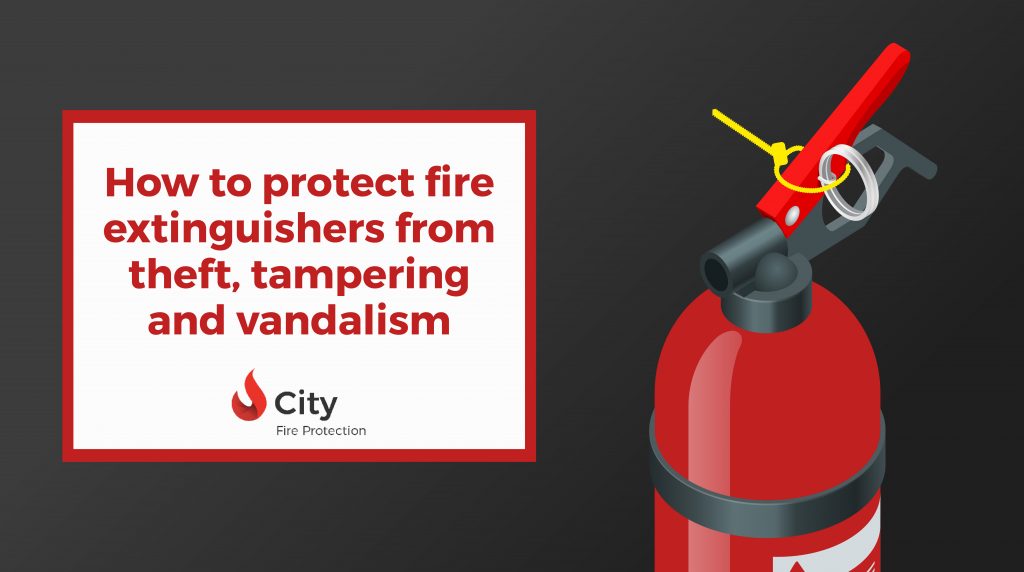
The Importance of Ensuring the Anti-tamper Pins Are Intact
Anti-tamper pins prevent a fire extinguisher from being discharged accidentally. They are held in place by a tamper seal; this is a small protective device which loops around the pin and the handle to stop the pin from accidentally falling out. The anti-tamper pins show whether a fire extinguisher has been discharged and if it has been interfered with since its last inspection. This may seem like an unimportant issue as it doesn’t negate the functionality of the equipment, however if the anti-tamper pins are not intact then this fire extinguisher is no longer compliant with British Standards. If this is the case, it must be re-inspected to ensure it adheres to health and safety regulations, resulting in another expense for your business.
How Can You Protect Your Fire Extinguishers From Theft, Tampering and Vandalism?
According to regulations, your fire extinguishers should always be mounted to a wall or placed in a stand to prevent misuse, however there are many other measures you can take to protect them further. One of the most cost-effective ways to discourage anti-social behaviour is to install a cabinet or cover; this acts as another obstacle between an opportunistic vandal and your all-important equipment.
You can also purchase a theft stopper which is a tamper-proof device that protects your fire extinguisher from theft and vandalism. For this, a sturdy metal rope is wrapped around the neck of the extinguisher and emits a piercing alarm when removed. This device would be best suited to heavily populated areas as the loud noise would discourage potential offenders, whilst not impeding legitimate use. The theft stopper would also be useful in an emergency situation as it would act as a pre-alarm, alerting those nearby before an official fire alarm sounds.

The Risk of Ineffective Fire Extinguishers When an Emergency Occurs
Fire extinguishers are vital tools in containing a blaze and preventing major destruction; if they are damaged to be ineffective then what could be a controlled situation can quickly spiral, resulting in loss of life. Therefore, not only is tampering with fire extinguishers incredibly annoying, it is also illegal. The Health and Safety Act of 1974 makes misuse of a fire extinguisher in the workplace a criminal offence; those found to have contravened this may be subject to financial penalties or even prosecution. As such, you should arrange a fire risk assessment by a qualified professional to ensure that all your fire extinguishers are up to standard.
City Fire Protection specialise in the installation and maintenance of a huge range of fire safety equipment, including a variety of fire extinguishers. We source the highest quality, fully compliant apparatus from a UK-based factory and have over 20 years’ experience serving commercial properties across London and Birmingham.
To discuss which your business requires, or get some advice on how best to protect your premises, then contact our expert team today.


